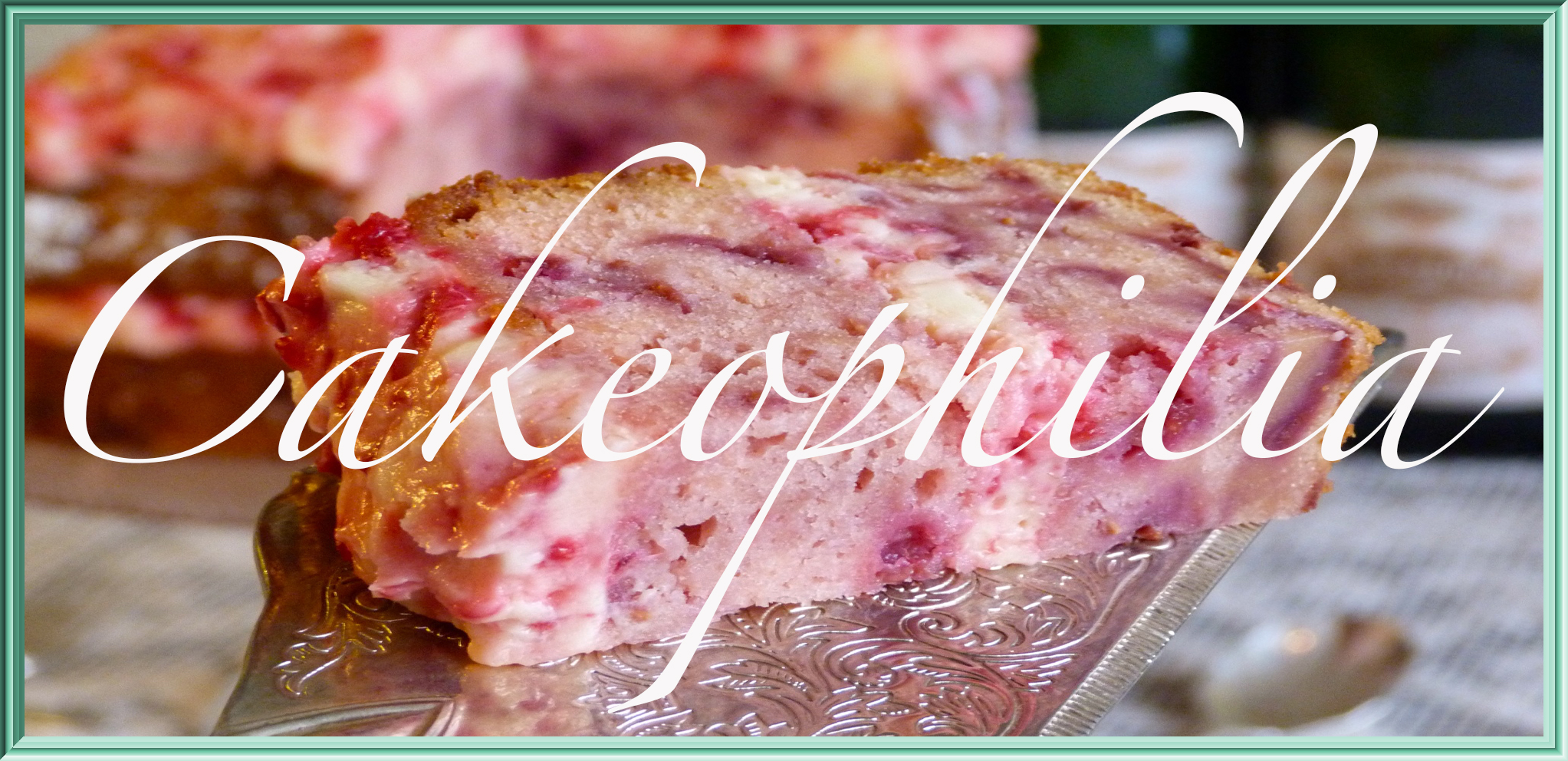Ok I grant you, rice flour looks like a powder but it lends a subtle bite to the shortbread which is very moreish. Viennese Shortbread is right up that particular alley.
Viennese shortbread was one of my top five biscuits back when I was a teenager. Granted, if you got the mixture too firm it was really hard to pipe out, but one learns quickly to make sure the mixture is warm and pliable (don’t make these in a cold kitchen in winter!) and they are just so darn delicious, particularly when they are half dipped in good quality chocolate.
Viennese shortbread is traditionally just vanilla flavoured, but recently, I’ve made chocolate Viennese shortbread too – they are great.
Don’t worry if you find your piping technique leaves something to be desired’ this is the perfect mix to practice with, as it just get some more pliable with the heat from your hands. Scrape off the cookies you don’t like and pop the mixture back into the piping bag! If you’re new to this you’ll need a sturdy piping bag (made of fabric) and a wide star nozzle.
I have to say that these cookies just get better with a few days age, which makes them the perfect little gift. If you like, you can sandwich these together with a little raspberry jam and vanilla buttercream, for the ultimate decadence.
Viennese Shortbread
ingredients
250g unsalted butter, very soft
1/3 cup caster sugar
1/4 cup rice flour
1 3/4 cup plain flour (or, for chocolate shortbread, 1 1/2 cups flour and 1/4 cup cocoa)
1/2 tsp vanilla essence
1/4 tsp salt
125g dark chocolate, melted, for decoration
mixing
Beat the butter and sugar together until light and creamy. Mix in the remaining ingredients and blend well.
Load the mixture into a piping bag fitted with a 1.5cm star nozzle. For best piping results, the mixture needs to be about 24-25 degrees Celsius. If its a cold day, and if you are using a plastic nozzle (no metal!!) you can pop the whole piping bag into the microwave and heat on high for 10 seconds to soften the mixture. It is really really difficult to pipe if the mixture is too cold – a challenge not only for your grip strength but also for the strength of your piping bag! I always use a canvas piping bag for this work, plastic ones would probably rip quite soon.
Pipe 2-3 inch strips of the mixture, holding the nozzle directly perpendicular to the tray and using a slight zigzag motion at each end, as shown in the video.
Once you have piped out all the shortbreads to your satisfaction, chill them in the refrigerator for about 10 minutes (this helps to preserve the flutes!).
Bake the shortbreads for 13-15 minutes at 180 degrees Celsius, or until they are nicely golden around the edges. Let them cool completely on the trays – they are very brittle before they are completely cool.
When the shortbreads are cold, melt the chocolate (you can use the microwave or stand the chocolate over hot water). Dip half of each biscuit into the chocolate – either one side, or the base can go into the chocolate (dipping the bases is messier). Allow the chocolate to drip for a few seconds then place onto clean bake paper to allow the chocolate to set. If you have leftover chocolate, you can drizzle it over the tops of the shortbreads, but you shouldn’t have too much left by the end of the process.
If the day is warm, you might need to put them in the refrigerator to set, but I prefer to let them set at room temperature (it takes an hour or more on a warm day, but I find the chocolate is more stable if it has set at room temperature).
Enjoy!xxx













